Home > All Classes > Paper > Book BindingDIY Traveler's Journal
Beginner
|
27 min

Taught by Faith Hale
Create a gorgeous leather-bound traveler’s journal to take on all of your adventures. Perfect for drawing, sketching or writing, this easily customizable notebook is simple to construct and sturdy enough to take on travels. Bookbinder, Faith Hale, demonstrates how to create pamphlet-stitch booklets to insert in your notebook, and how to work with thick leather to create a durable cover. You’ll also learn how to add an elastic closure and give the leather cover a professional finish without the investment of leatherworking tools. Best of all, when you fill up your journal pages, you can easily add new booklets to your leather cover and keep on journaling.
What you’ll get:
Learn how to:
- Sew a five-hole pamphlet stitch booklet
- Make a leather journal cover
- Add an elastic closure
- Insert new booklets
What you’ll get:
- Instruction on how to make a leather bound travel journal with bookbinder, Faith Hale.
- 4 HD video lessons you can access online anytime, anywhere
- Detailed supplies list for easy shopping
- Step-by-step expert instruction from Faith Hale
- The ability to leave comments, ask questions, and interact with other students
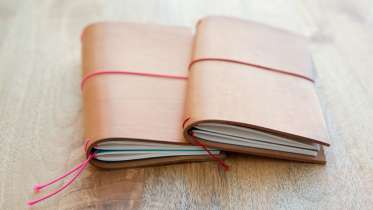
Chapters
|
01:07
|
|
01:57
|
|
13:21
|
|
10:46
|
Materials
Here’s what you’ll need:
Finished Size: 5” wide x 8 ¾” tall
- Heavyweight leather at least 9” x 10” (Faith uses a 2-3 oz-weight Vegetan leather)
- Paper at least 9” x 10” for template
- Fine and rough grit sandpaper
- Small paintbrush and water
- Bone folder
- Small leather punch and poly hammer
- Awl
- Pencil
- 8 ½” wide x 8 ¼” tall text-weight paper (20 sheets will make 2 booklets)
- 8 ¾” wide x 8 ¼” tall cardstock paper (2 sheets for 2 booklets)
- Binding needle
- Tapestry needle
- Pin tool
- Binding thread or waxed linen thread
- Beeswax
- 2 yards of 1/8” elastic cord
- Utility knife with fresh blade
- Scissors
- Quilting ruler or metal ruler
- Small scrap of canvas
- Cutting mat
- Needle-nose pliers (optional)
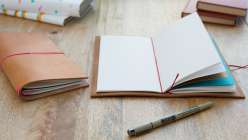

Member Gallery
Browse members' projects from this class, add them to your Favorites, and share your own work!
Load More
Discussion
Notes
Your timecode tags and notes for this section
Transcript
Who's Recently Taken This Class
Meet other crafters who have recently taken this class.

Zainab Ahmad

Katrina Lay

Duyen Phan

Todd Allaria
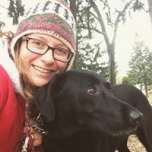
carrie wohlt

Shellie Hargrove
Elizabeth Gilner

Tammy Allen
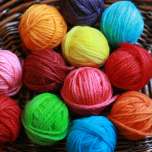
Lila and Molly
Vanessa A. Newton Brantley-Newton

Lisa Drake-Smith
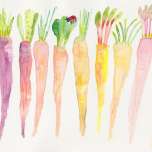
Cynthia Mead

Charlotte Mlk
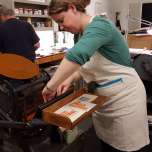
Heather Zeiden

Maria Antonia Garcia Espinosa

Rachelle Toimata
MJ Brodsky

Nicki Masterson

Beth Orlik
Sharon Morris






















